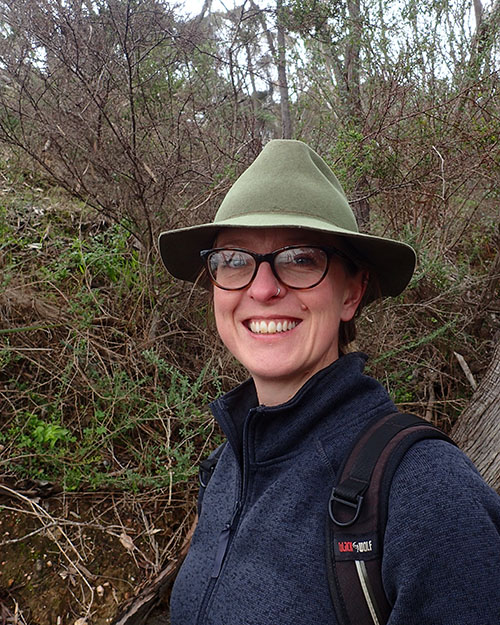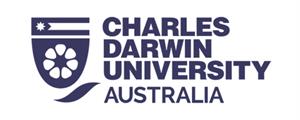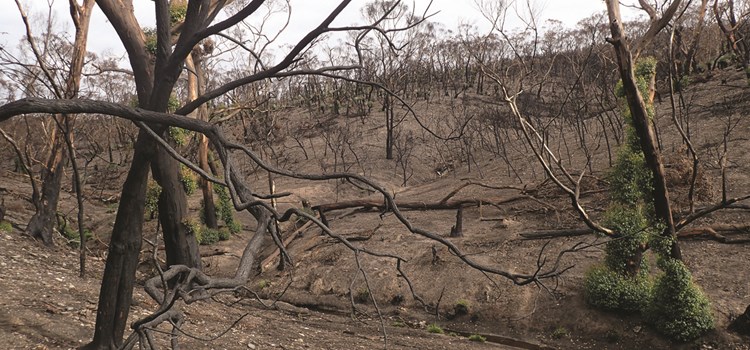
Project: 8.3.1
Fire-affected invertebrates: Priority species and management response
Project Leaders: John Woinarski
Research in Brief
The project seeks to (i) develop a justified listing of those invertebrate species most affected by the 2019–20 Australian wildfires in southern and eastern Australia, and whose recovery is most needing management support; and (ii) identify the post-fire threats and management priorities for those species.
The project may also help develop monitoring guidelines and provide support for the development of submissions for threatened species listings for priority invertebrate species. It extends from an initial priority listing of fire-affected invertebrates first developed for the Wildlife and Threatened Species Bushfire Recovery Expert Panel, and will build upon and consolidate the extensive collaboration with experts and state agencies developed during that project.
Why is the research needed?
Invertebrates are likely to be amongst the species most affected by the 2019–20 wildfires. This is because of the large number of invertebrate species, many which have very small ranges (such that fires may have affected entire populations), and with ecological and life history traits that render them especially susceptible to fire. However, there are major knowledge gaps that render assessment of such impacts particularly challenging.
The project aims to use a collaborative approach, extending on the initial priority listing of fire affected invertebrates, first developed for the Wildlife and Threatened Species Bushfire Recovery Expert Panel to identify those invertebrate species (or in some cases, other taxonomic levels) that have been most detrimentally affected by the 2019–20 wildfires, and hence those most in need of priority management response. Such further consideration is appropriate because of the many substantial challenges in describing the impacts of these fires on invertebrate species.
How will the research help?
The project will, to the extent possible, interrogate all accessible and useful distributional information for all invertebrates in the bioregions affected by these wildfires, (where possible) modelling these distributions, and calculating overlap with fires of varying severity classes. Given constraints in the distributional information, it will complement this approach with expert opinion, and work with experts to detail information on ecological and life history traits that relate to species’ susceptibility to fires, their post-fire threats and their remedial management requirements.
The project aims to help align recovery actions (and survey and monitoring) to priority needs of the most fire-affected invertebrate species. It will do so by extending and refining the species’ prioritisation currently used to help direct funding support by the Australian government to wildlife and threatened species bushfire recovery.
The project is working with the Australian and state/territory agencies to collaboratively develop and justify prioritisations for fire-affected invertebrate species and provide relevant information on those management actions most likely to aid their recovery. This will build from and add much detail to the priority listing developed for/by The Wildlife and Threatened Species Bushfire Recovery Expert Panel in March–April 2020.
What research activities are being undertaken?
The research will mine appropriate distributional databases (most notably ALA) to use all possible acceptable records for all native invertebrate species that are known to occur within fire-affected bioregions; develop distributional models (or analogous range estimators) for selected subsets of these; overlap these distributional layers with fire-mapping (with fire severity classes); work with experts and literature to develop databases of traits affecting fire-susceptibility, threats and management; and coordinate progress and procedures with comparable analyses undertaken by state/territory agencies.
Who is involved?
In this project, researchers from Charles Darwin University and The University of Melbourne are working with state and territory governments within the areas affected by the 2019–20 fires. We will seek collaboration with all willing invertebrate experts and federal and state/territory agencies.
Where is the research happening?
The project is essentially a desktop analysis. Depending upon travel constraints due to COVID-19, the project is also seeking to draw experts and state agency representatives to at least one workshop. The research will pertain to all fire-affected regions of southern and eastern Australia.
When is the research happening?
The project will run from January 2020 to June 2021.
More Information
For more information please contact:
John Woinarski: john.woinarski@cdu.edu.au
OR
Jess Marsh: Jess.Marsh@cdu.edu.au
Top image:The entire known range of the Kangaroo Island assassin spider (Zephyrarchaea austini) was burnt at high severity. The species lives in leaf litter suspended amongst understorey vegetation and very little of its habitat remains following the fires. Image by J. Marsh
-
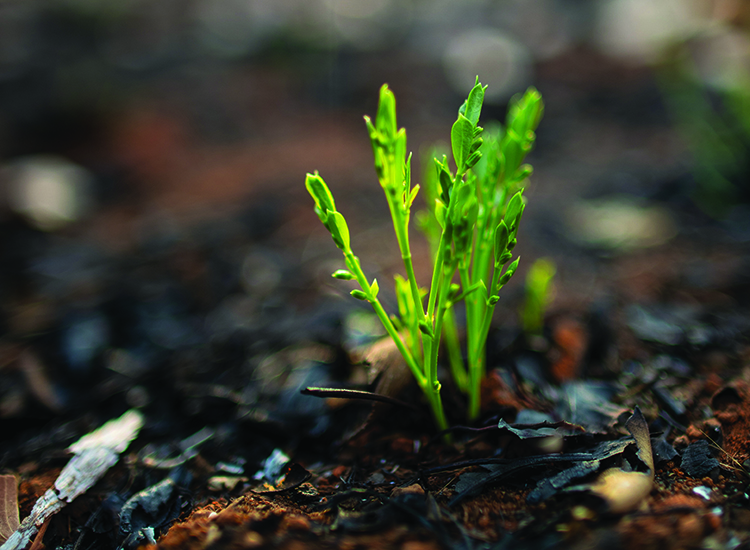
From the ashes: The 2019–20 wildfires and biodiversity loss and recovery
Monday, 31 August 2020 -
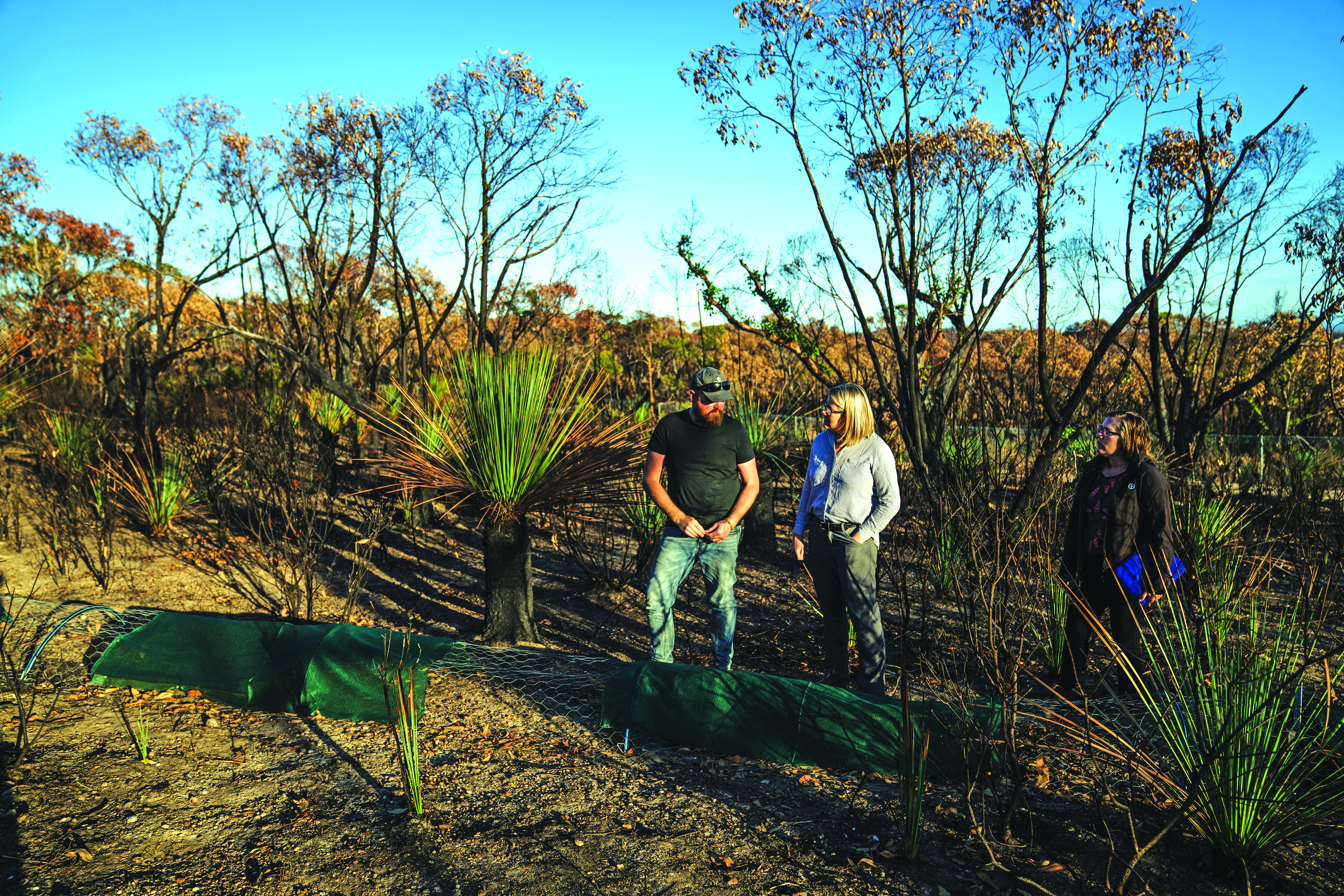
Rapid action to save species after the fires
Monday, 31 August 2020 -
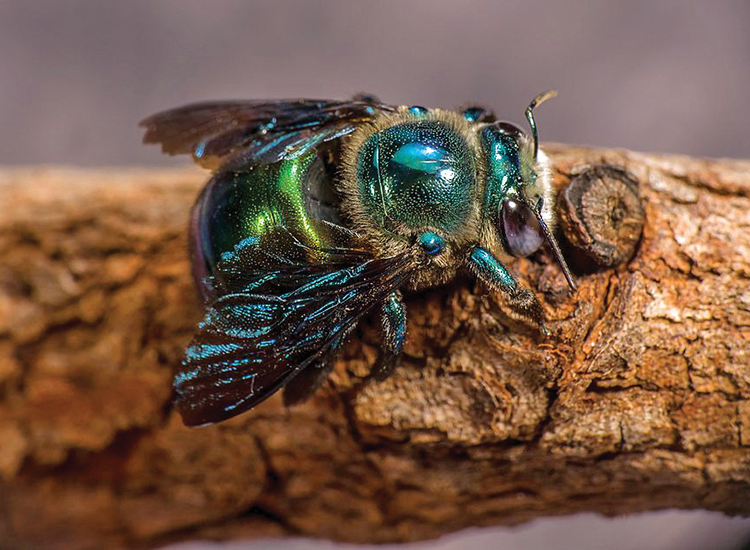
The little things count too: Prioritising recovery efforts for fire-affected invertebrates
Tuesday, 01 September 2020 -
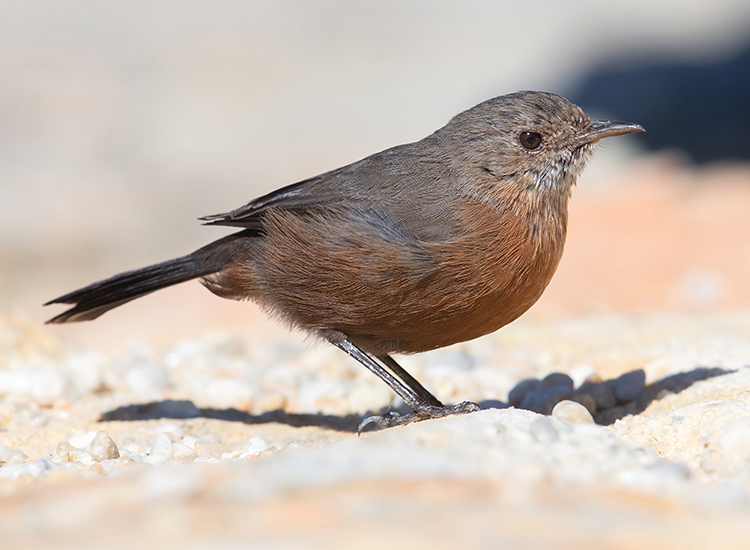
Protecting persistence: Listing species after the fires
Tuesday, 01 September 2020


